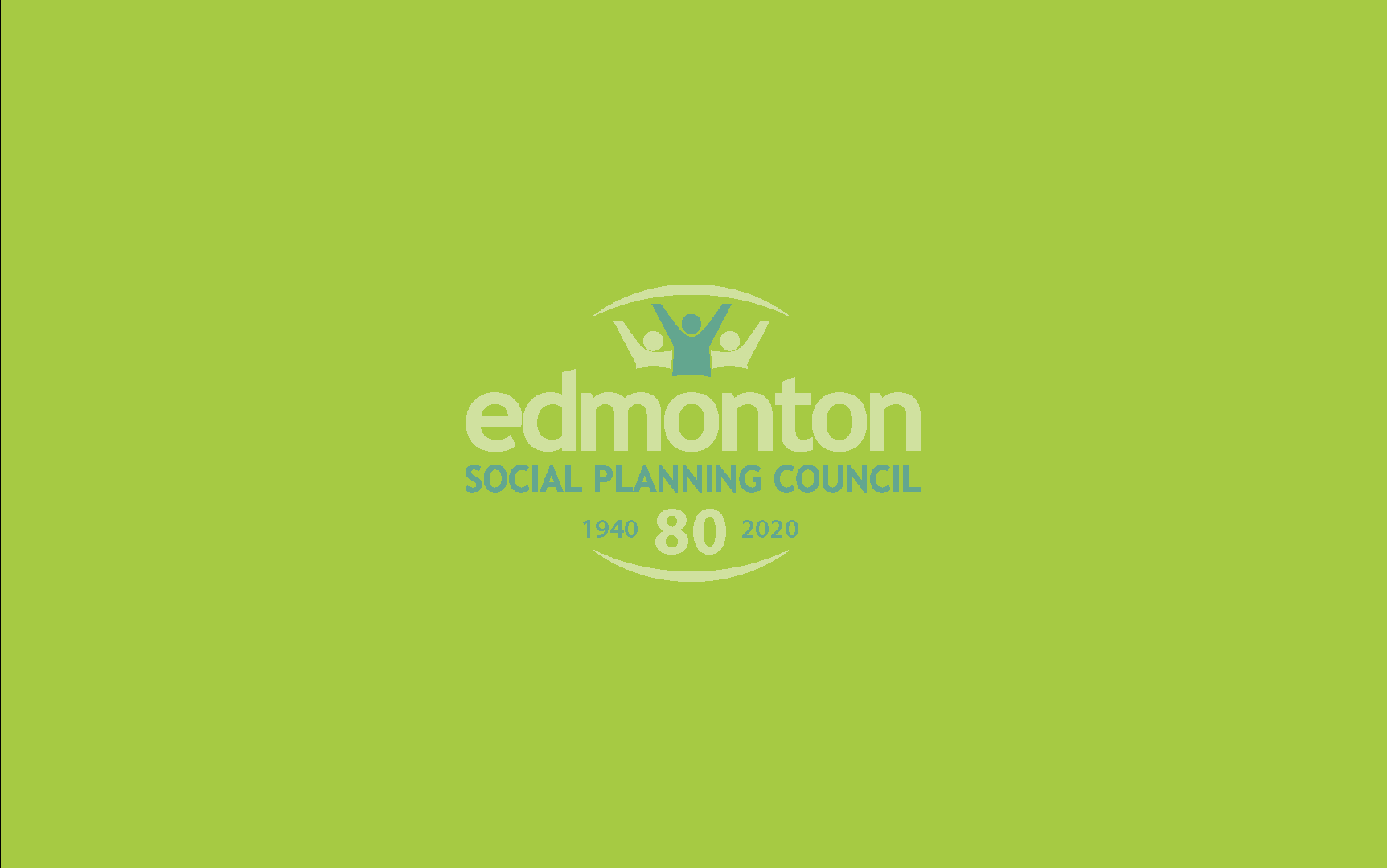[et_pb_section fb_built=”1″ _builder_version=”4.7.0″ custom_margin=”0px||0px||false|false” custom_padding=”0px||0px||false|false”][et_pb_row column_structure=”3_4,1_4″ use_custom_gutter=”on” gutter_width=”1″ _builder_version=”4.7.3″ _module_preset=”default” width=”100%” custom_margin=”0px||||false|false” custom_padding=”3px||5px|||” border_width_bottom=”1px” border_color_bottom=”#a6c942″][et_pb_column type=”3_4″ _builder_version=”4.7.0″ _module_preset=”default”][et_pb_post_title meta=”off” featured_image=”off” _builder_version=”4.7.4″ _module_preset=”default” title_font=”||||||||” custom_margin=”||3px|||” border_color_bottom=”#a6c942″][/et_pb_post_title][/et_pb_column][et_pb_column type=”1_4″ _builder_version=”4.7.0″ _module_preset=”default”][et_pb_image src=”https://edmontonsocialplanning.ca/wp-content/uploads/2020/08/boxes_1.gif” title_text=”boxes_1″ align=”center” disabled_on=”on|off|off” _builder_version=”4.7.4″ _module_preset=”default” width=”100%” custom_margin=”-2px||-1px||false|false” custom_padding=”||7px|||”][/et_pb_image][/et_pb_column][/et_pb_row][et_pb_row column_structure=”3_4,1_4″ use_custom_gutter=”on” gutter_width=”1″ make_equal=”on” _builder_version=”4.7.4″ background_size=”initial” background_position=”top_left” background_repeat=”repeat” width=”100%” custom_margin=”0px|auto|0px|auto|false|false” custom_padding=”37px|0px|44px|0px|false|false”][et_pb_column type=”3_4″ _builder_version=”4.5.6″ custom_padding=”0px|0px|0px|0px|false|false” custom_padding__hover=”|||”][et_pb_text _builder_version=”4.7.4″ _dynamic_attributes=”content” _module_preset=”default” text_font=”||||||||” text_text_color=”#000000″ custom_padding=”||32px|||”]@ET-DC@eyJkeW5hbWljIjp0cnVlLCJjb250ZW50IjoicG9zdF9kYXRlIiwic2V0dGluZ3MiOnsiYmVmb3JlIjoiIiwiYWZ0ZXIiOiIiLCJkYXRlX2Zvcm1hdCI6ImRlZmF1bHQiLCJjdXN0b21fZGF0ZV9mb3JtYXQiOiIifX0=@[/et_pb_text][et_pb_text _builder_version=”4.7.4″ text_line_height=”1.6em” header_2_font=”||||||||” header_2_text_color=”#008ac1″ header_2_font_size=”24px” background_size=”initial” background_position=”top_left” background_repeat=”repeat” width=”95%” module_alignment=”left” custom_margin=”1px|0px|2px|-96px|false|false” hover_enabled=”0″ locked=”off” sticky_enabled=”0″]
Women and girls in Canada are disproportionately affected by housing issues and homelessness, meaning that they experience these problems in unique and harsh ways. On June 25, 2020, The Women’s National Housing and Homelessness Network (WNHHN) released a report on the state of women’s housing needs and homlessness in Canada. This report was produced by the Canadian Observatory on Homelessness, guided by experts from WNHHN and women with lived experiences. It involved a comprehensive review of available literature on women’s homelessness, detailing the major findings, and describing the unique challenges that women experiencing homelessness face.
Marginalized women deal with high rates of poverty and a lack of social and affordable housing. For example, 21% of racialized women and 32% of Indigenous women with treaty status are low income. In addition, a quarter of a million Canadian households are on a waiting list for subsidized housing. As a result, they may struggle to find adequate housing for their families. They are forced to live in inadequate types of housing such as overcrowded apartments or motels, or to couch surf with friends and family, trade sex for shelter, or live with abusive partners. This is called hidden homelessness: women are less likely to use mainstream shelters, drop-in services, or other services for those experiencing homelessness, and tend to stay out of the public eye. As a result, they are often under-reported in homelessness counts, and their experiences of homelessness are under-researched.
This lack of data on women’s homelessness makes it difficult for programs to address their unique needs. Programs and services designed for women experiencing homelessness have policies and gaps that may unintentionally create hardships for their clients. Examples include strict eligibility criteria that make accessing services difficult, discrimination or lack of services for LGBTQ2S+ and BIPOC women, connections with the child welfare system that make women fear their children will be taken away, and an overall lack of funding. These issues may drive women into emergency services that do not recognize or know how to respond to their unique experiences. When women do not receive proper housing support, they may be forced to live in dangerous conditions, putting them at higher risk for assault and sexual violence—issues that make homelessness a uniquely dangerous situation for women.
The report notes that these issues are not experienced equally. Indigenous women, girls, and gender diverse people are more likely to be low-income, live in inadequate housing, and experience homelessness and violence. Yet they are also the most underserved in the sector—there are few services that specifically target these groups, and mainstream shelters may not have the knowledge or resources needed to help them.
The authors argue that addressing women’s homelessness is essential to ending homelessness more broadly. Mothers are often the primary caregivers within families experiencing housing instability; 28% of single mothers face this reality. When women and their families lack access to adequate housing, experience violence, and interact with child welfare services, the likelihood that their children will repeat cycles of homelessness increases. Addressing women’s homelessness now will prevent homelessness in the future.
The report indicates a need for more research to get a better understanding of women’s homelessness in Canada, and to address these complex issues in housing, homelessness, and other public sector policies. The authors also call for housing to be considered a right in order to address the specific barriers women face, and ultimately end poverty and homelessness for women.
[/et_pb_text][/et_pb_column][et_pb_column type=”1_4″ _builder_version=”4.7.4″ custom_padding=”0px|20px|0px|20px|false|false” border_color_left=”#a6c942″ custom_padding__hover=”|||”][et_pb_testimonial author=”Posted by:” job_title=”@ET-DC@eyJkeW5hbWljIjp0cnVlLCJjb250ZW50IjoicG9zdF9hdXRob3IiLCJzZXR0aW5ncyI6eyJiZWZvcmUiOiIiLCJhZnRlciI6IiIsIm5hbWVfZm9ybWF0IjoiZGlzcGxheV9uYW1lIiwibGluayI6Im9uIiwibGlua19kZXN0aW5hdGlvbiI6ImF1dGhvcl93ZWJzaXRlIn19@” portrait_url=”@ET-DC@eyJkeW5hbWljIjp0cnVlLCJjb250ZW50IjoicG9zdF9hdXRob3JfcHJvZmlsZV9waWN0dXJlIiwic2V0dGluZ3MiOnt9fQ==@” quote_icon=”off” disabled_on=”on|off|off” _builder_version=”4.7.4″ _dynamic_attributes=”job_title,portrait_url” _module_preset=”default” body_text_color=”#000000″ author_font=”||||||||” author_text_align=”center” author_text_color=”#008ac1″ position_font=”||||||||” position_text_color=”#000000″ company_text_color=”#000000″ background_color=”#ffffff” text_orientation=”center” module_alignment=”center” custom_margin=”0px|0px|4px|0px|false|false” custom_padding=”32px|0px|0px|0px|false|false”][/et_pb_testimonial][et_pb_text disabled_on=”on|off|off” _builder_version=”4.7.4″ _dynamic_attributes=”content” _module_preset=”default” text_text_color=”#000000″ header_text_align=”left” header_text_color=”rgba(0,0,0,0.65)” header_font_size=”20px” text_orientation=”center” custom_margin=”||50px|||” custom_padding=”48px|||||”]@ET-DC@eyJkeW5hbWljIjp0cnVlLCJjb250ZW50IjoicG9zdF9jYXRlZ29yaWVzIiwic2V0dGluZ3MiOnsiYmVmb3JlIjoiUmVsYXRlZCBjYXRlZ29yaWVzOiAgIiwiYWZ0ZXIiOiIiLCJsaW5rX3RvX3Rlcm1fcGFnZSI6Im9uIiwic2VwYXJhdG9yIjoiIHwgIiwiY2F0ZWdvcnlfdHlwZSI6ImNhdGVnb3J5In19@[/et_pb_text][/et_pb_column][/et_pb_row][/et_pb_section]
